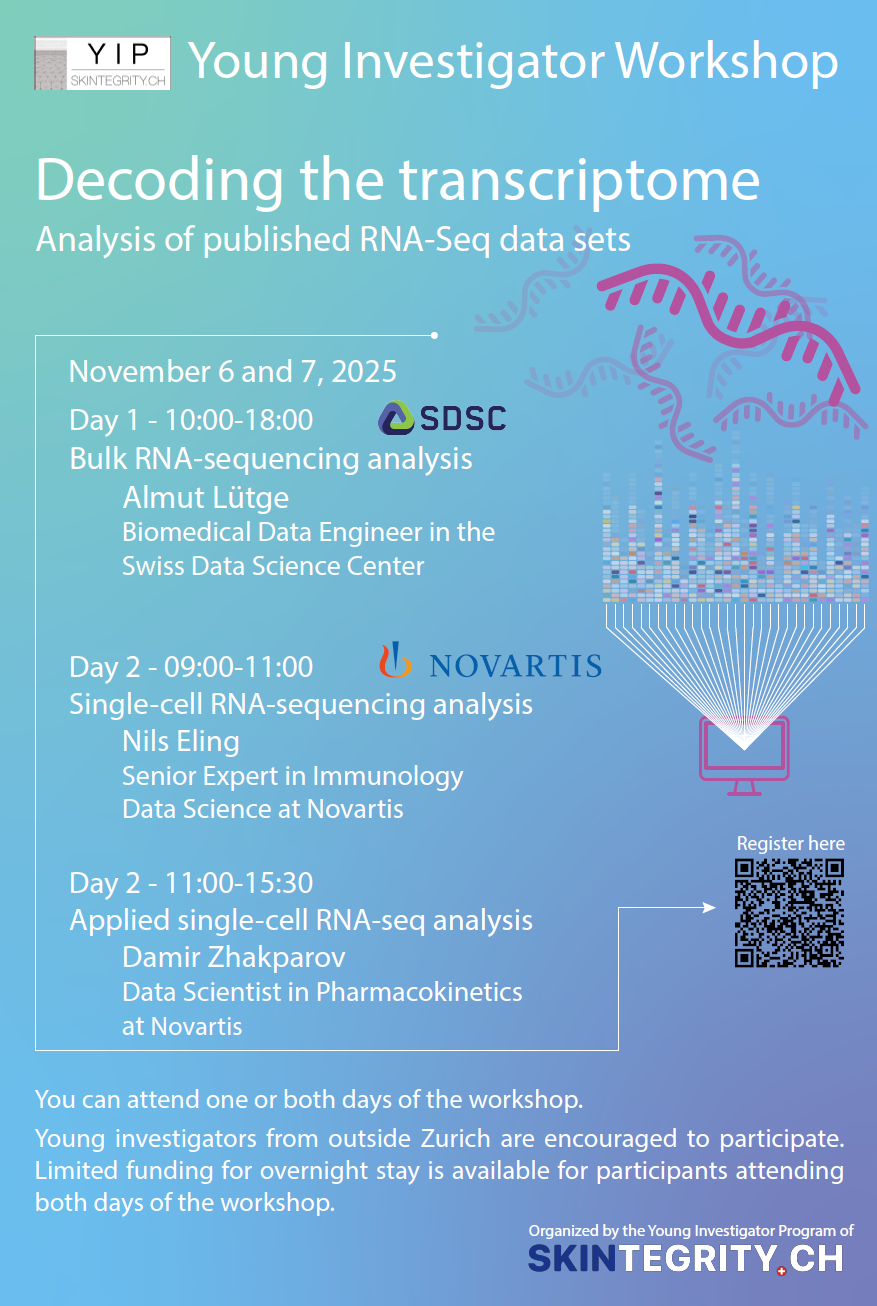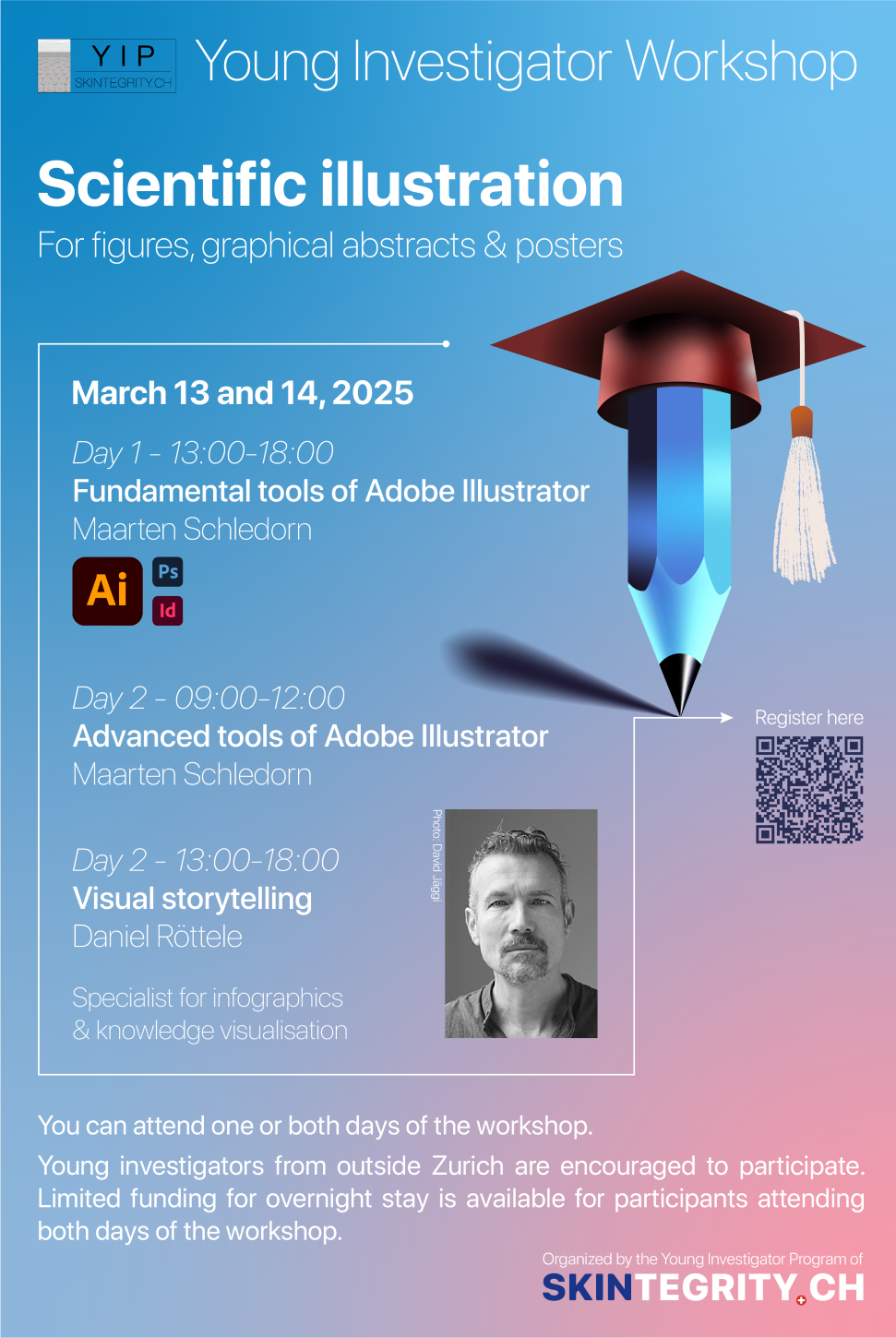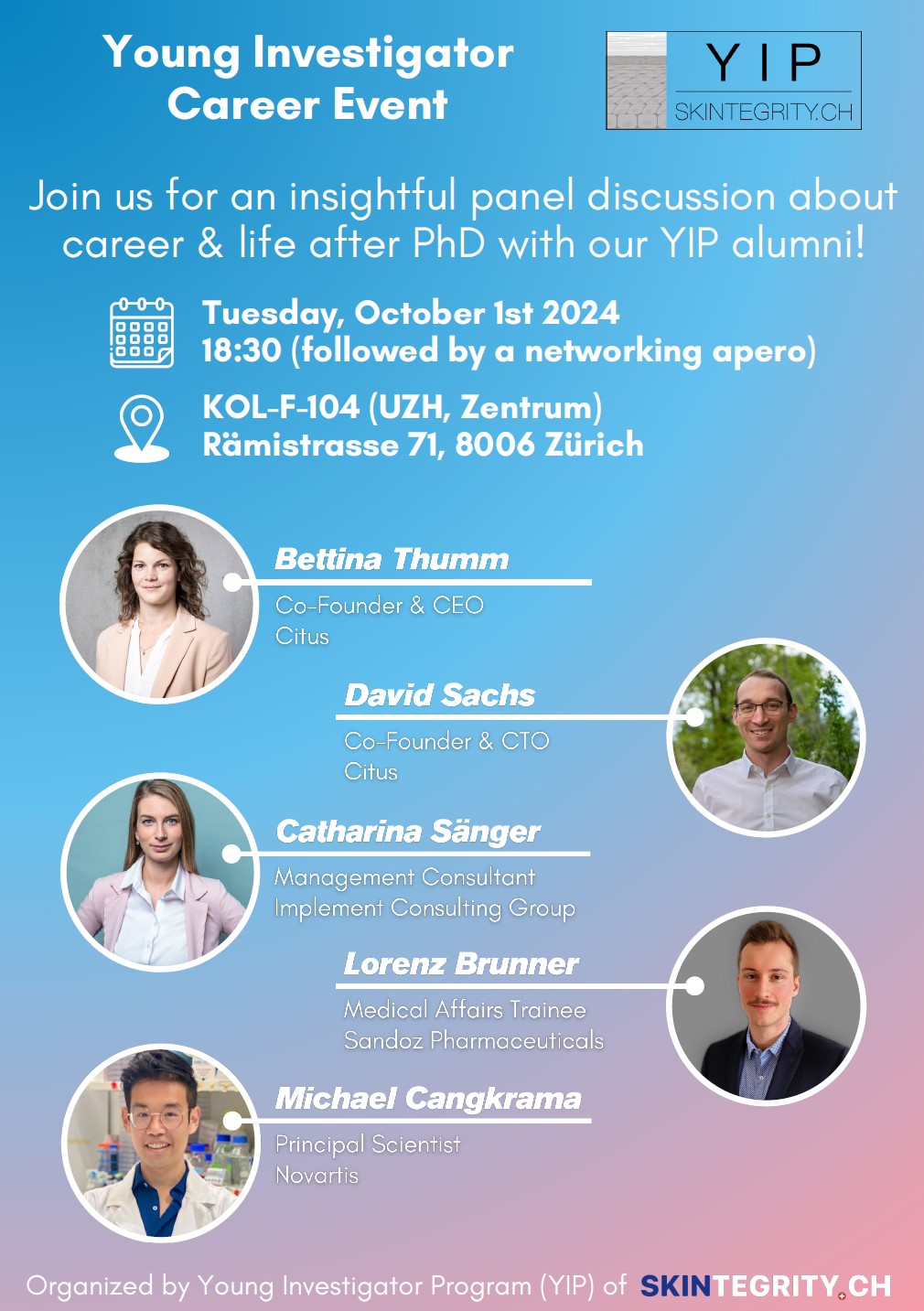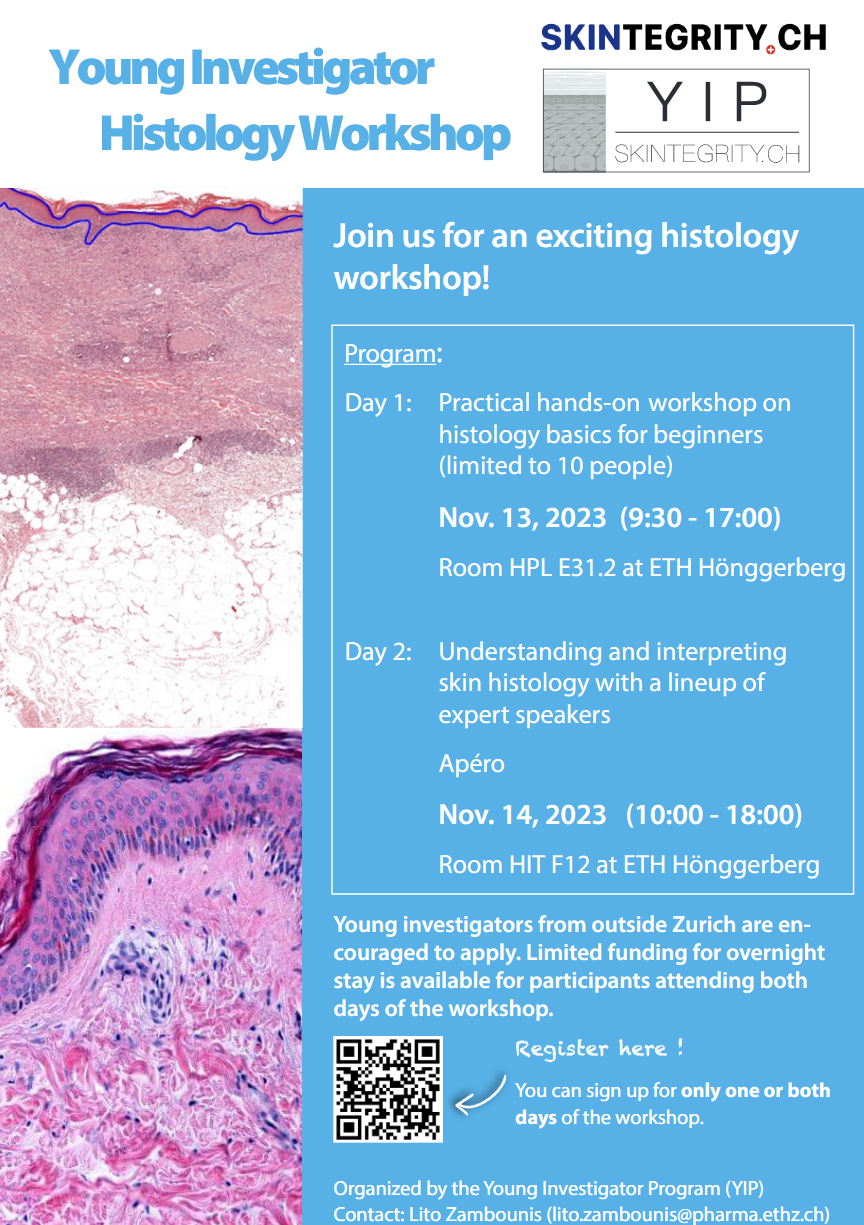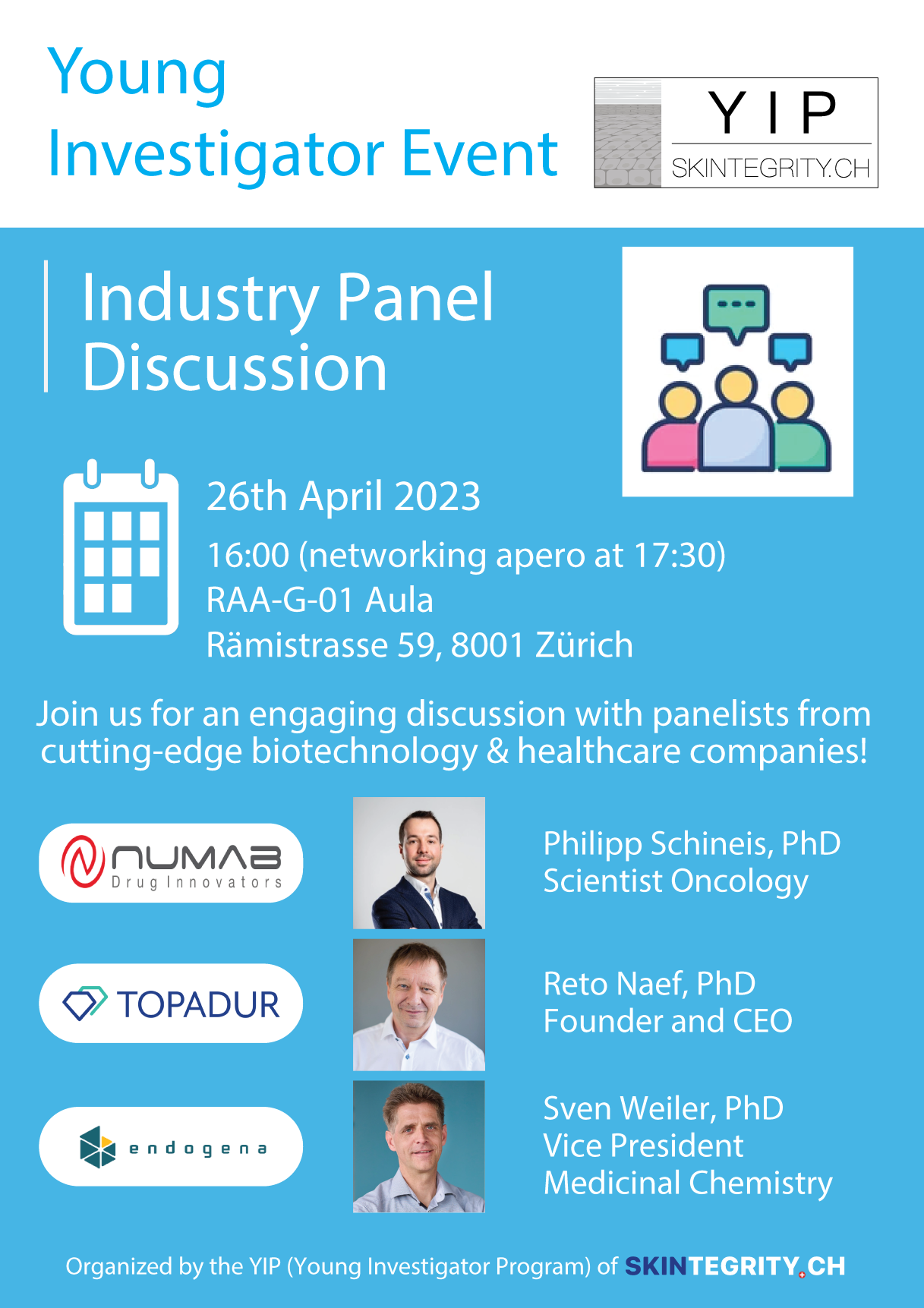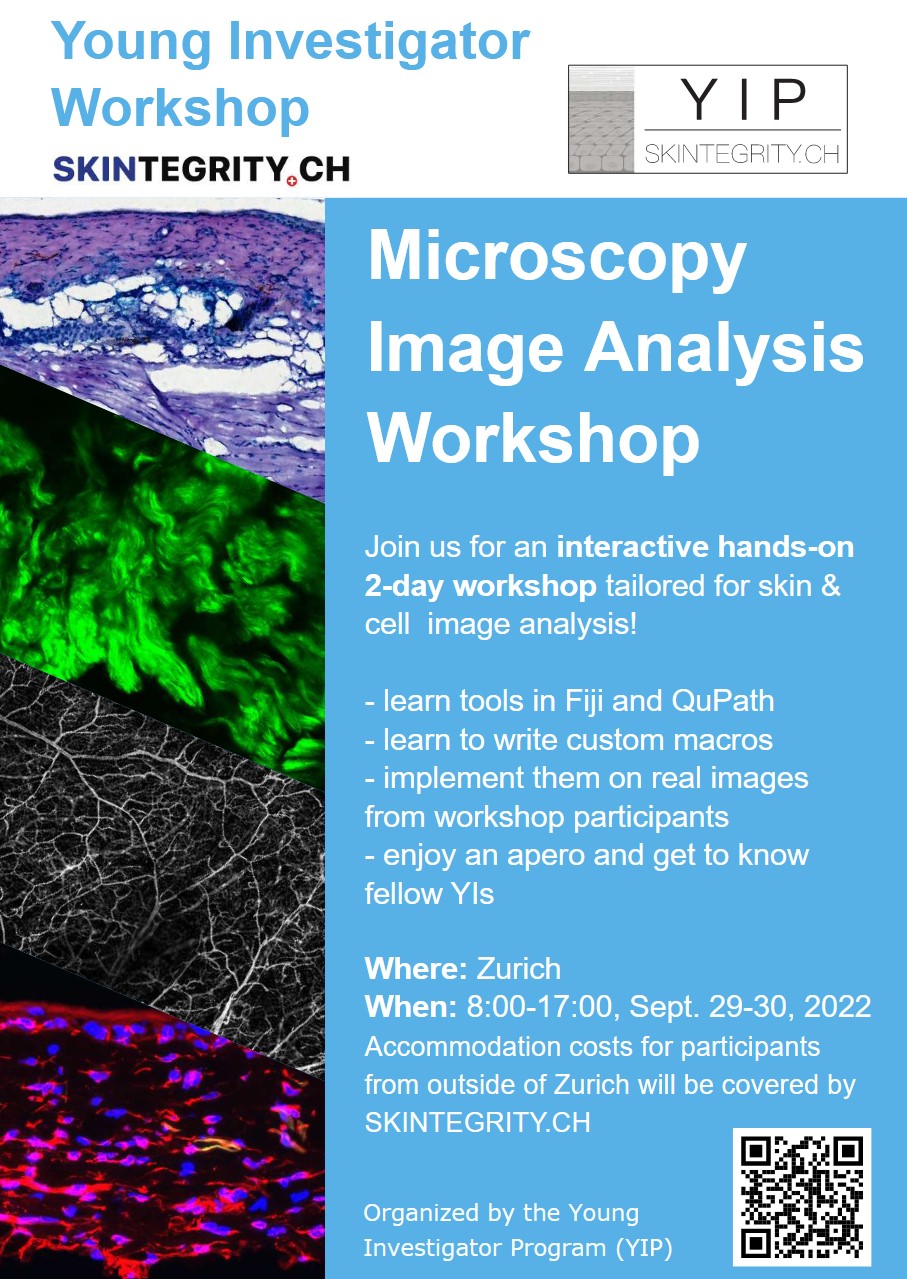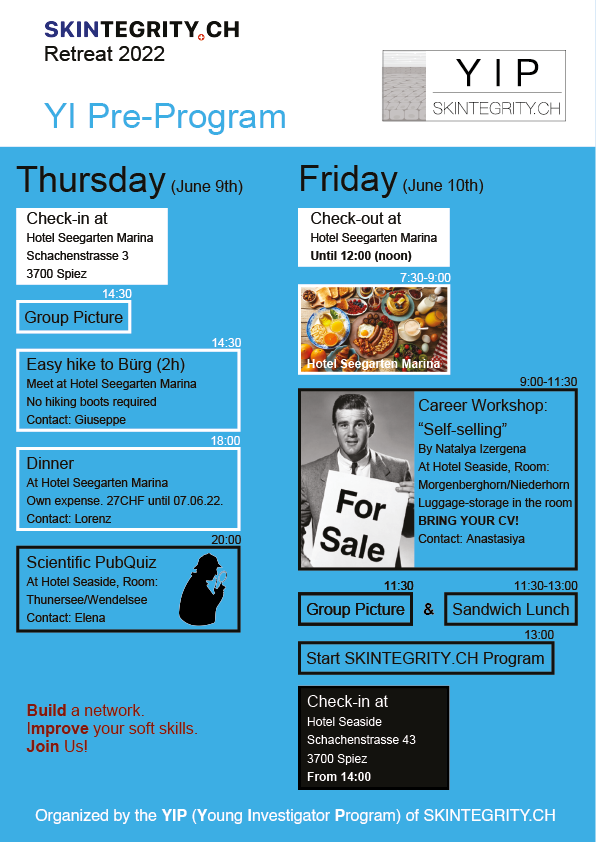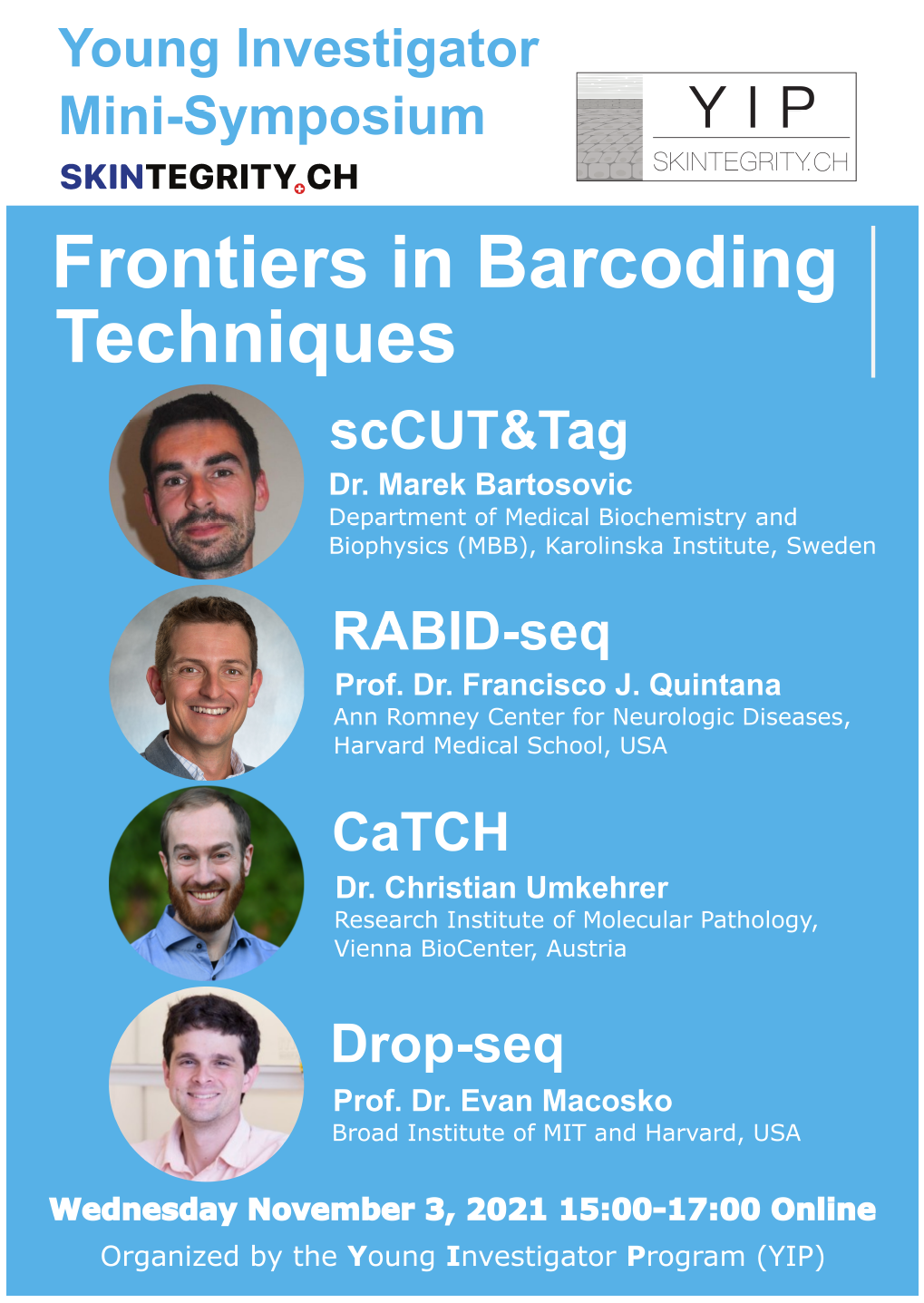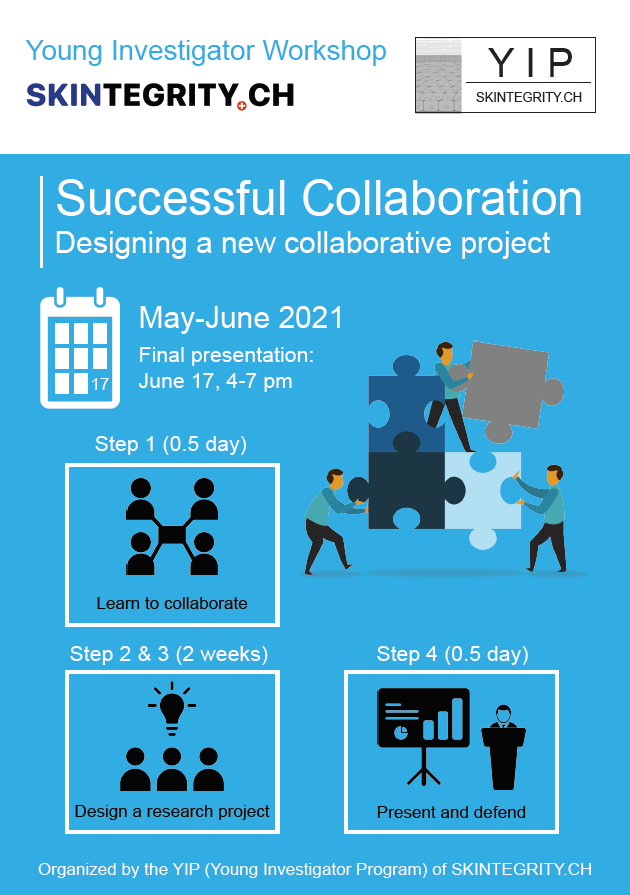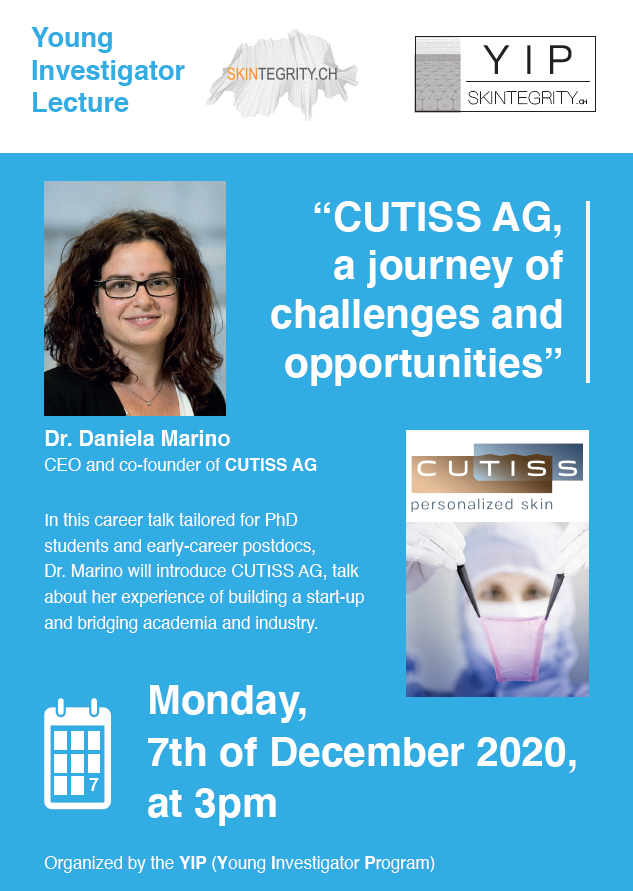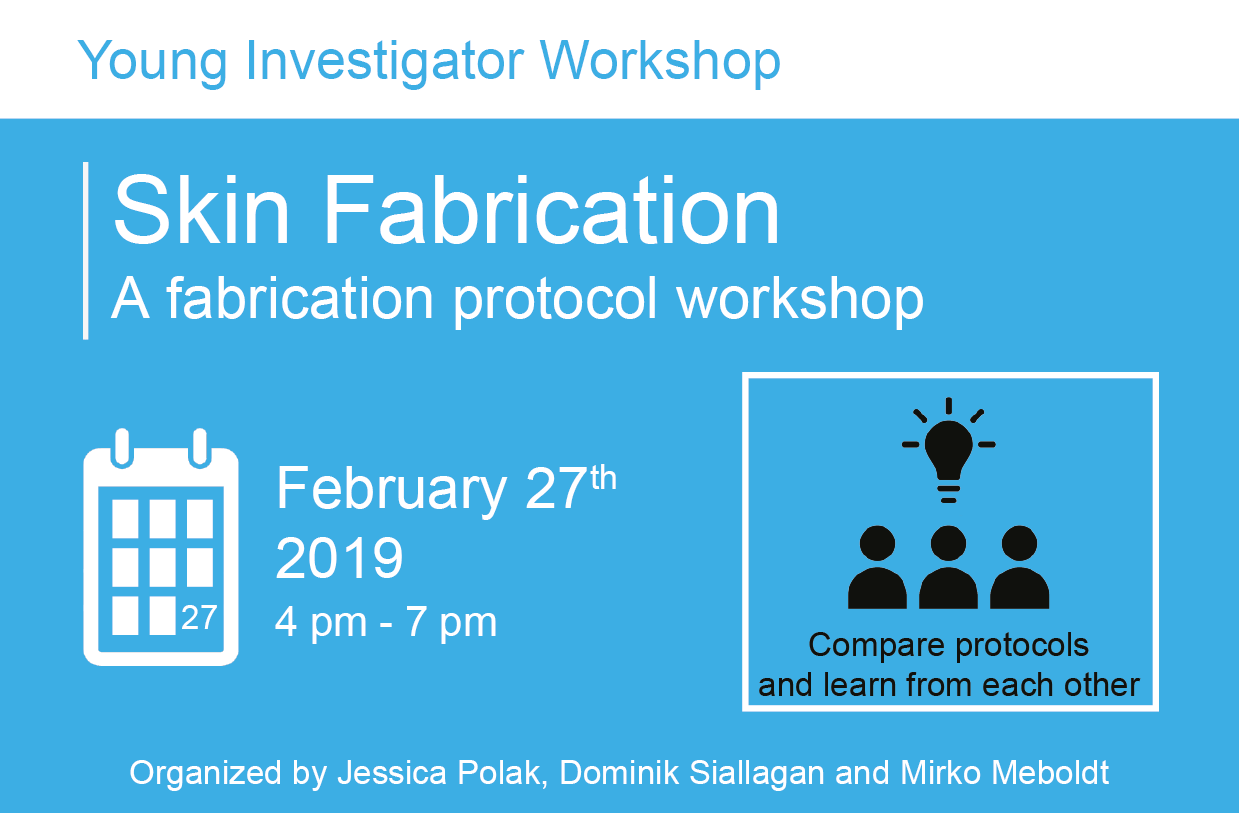The Young Investigator Program (YIP) of SKINTEGRITY.CH aims at fostering the academic as well as the personal development of doctoral students and postdocs from groups within SKINTEGRITY.CH. The program is steered by the Young Investigators themselves who organize lectures, workshops, social events and more. It thereby serves as a platform to enhance the interaction between the Young Investigators and opens the possibility for Young Investigators to meet people from academia and industry in a casual setting. Young Investigators are nominated by the SKINTEGRITY.CH PIs.
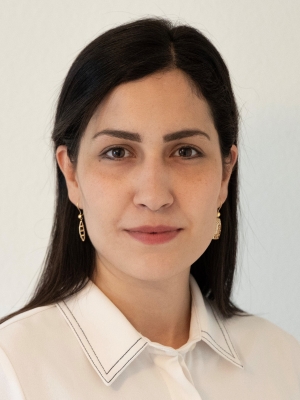
Maryam Asadikorayem
USZ
USZ
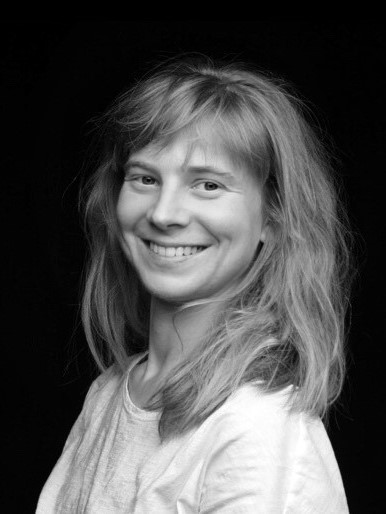
Nicole Bertschi
University of Bern
University of Bern
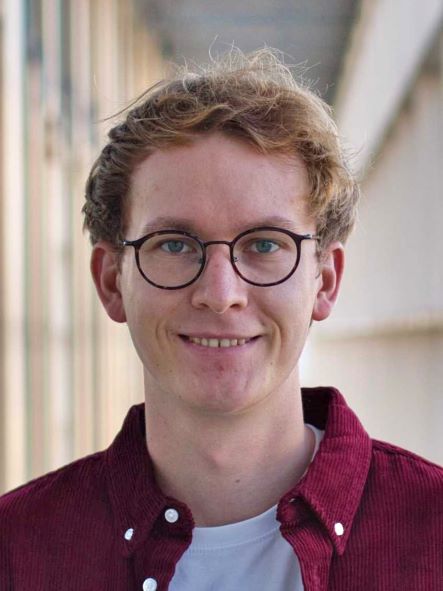
Linus Boll
ETH Zurich
ETH Zurich

Finn Brigger
ETH Zurich
ETH Zurich
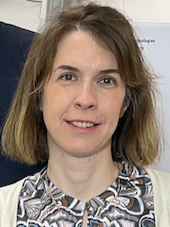
Marija Buljan
Empa
Empa
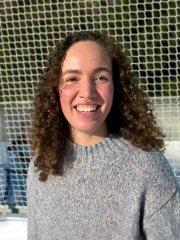
Paula Cameron
ETH Zurich
ETH Zurich
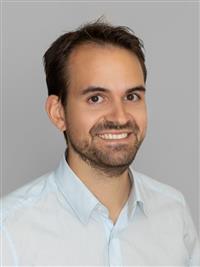
Vahap Canbay
DTU
DTU

Yun-Tsan Chang
CHUV
CHUV
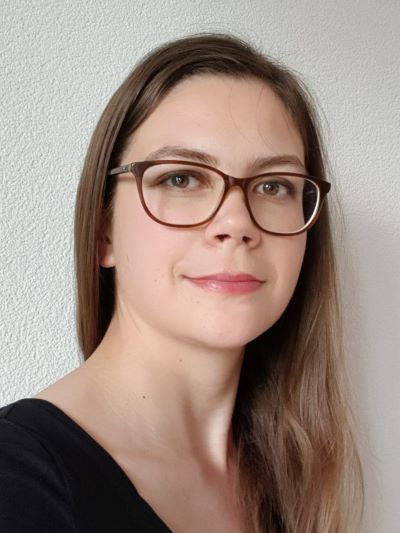
Laura Cotting
CHUV
CHUV
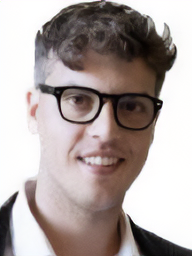
Filippo Cuni
ETH Zurich
ETH Zurich
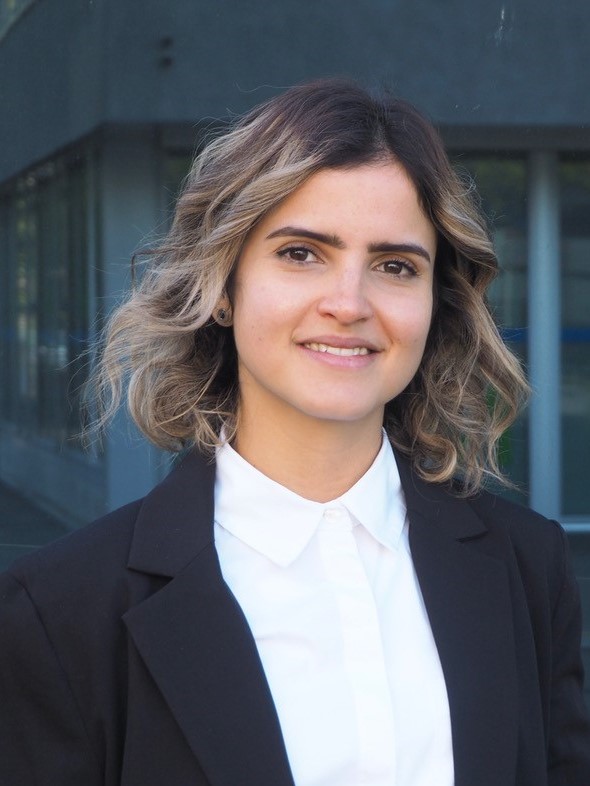
Gabriela Da Silva André
ETH Zurich
ETH Zurich
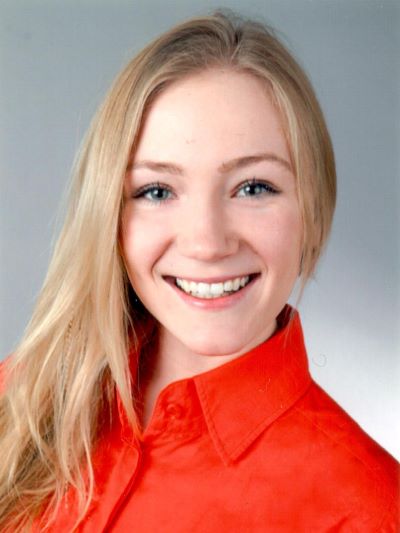
Michelle Dakowitz
UZH
UZH
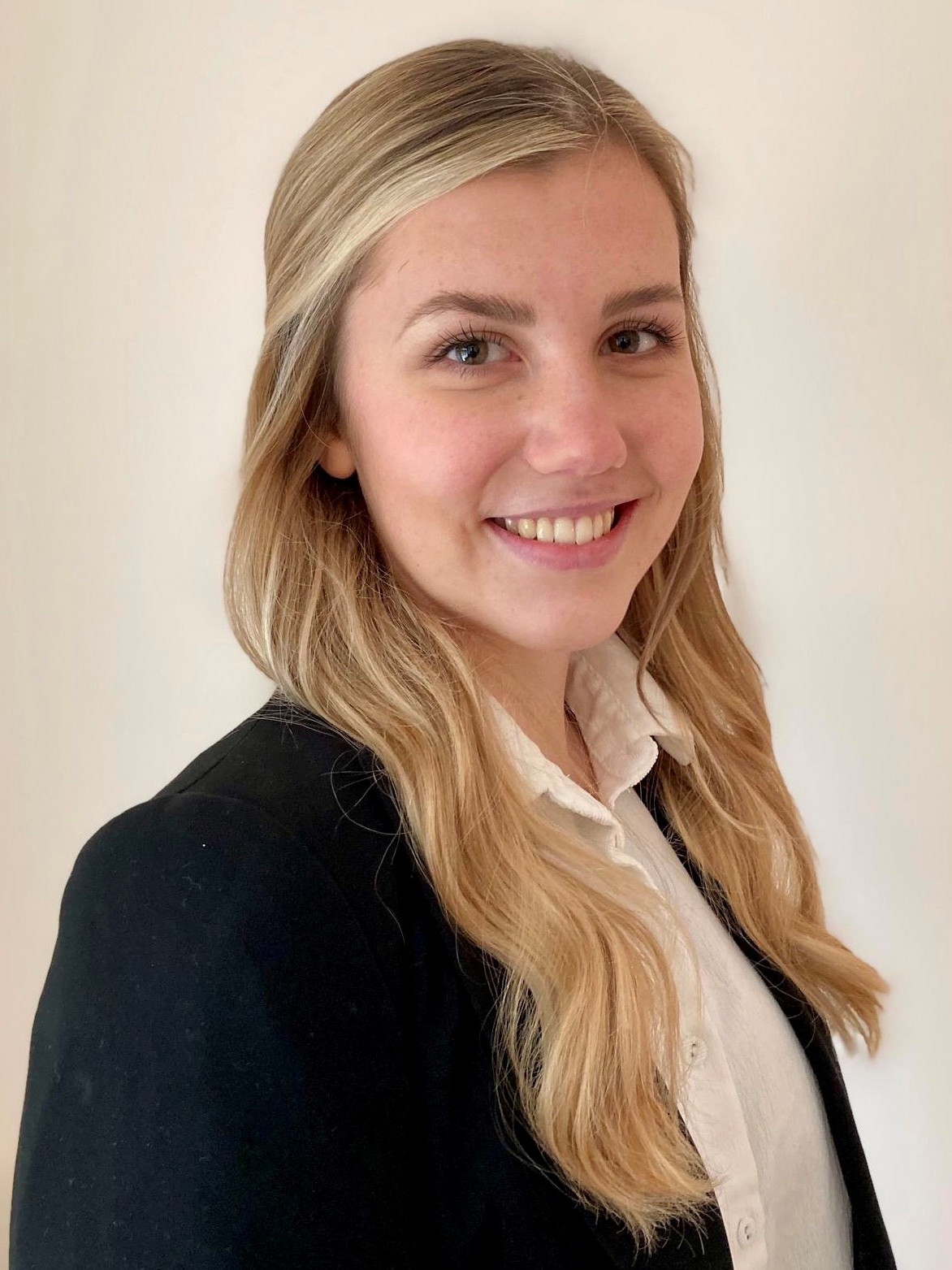
Kelly De Korodi
UNIL
UNIL
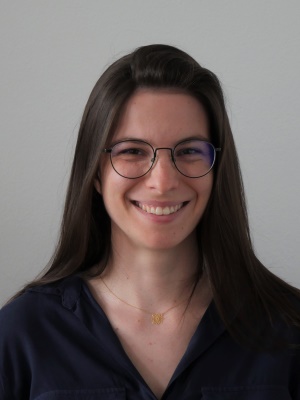
Marine de Lapeyrière
Empa
Empa
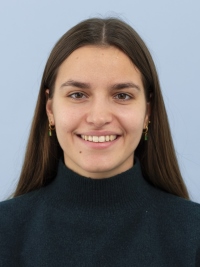
Alice Desgardin
UZH
UZH
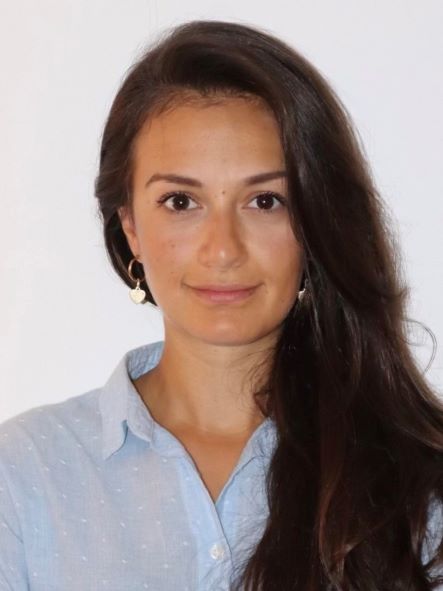
Michela Di Filippo
USZ
USZ
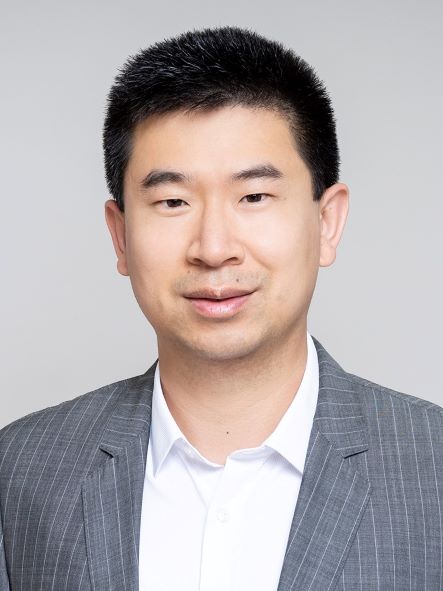
Zheng Fan
UZH
UZH
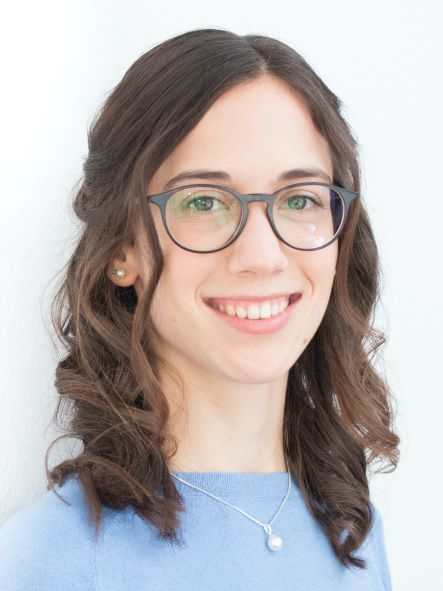
Danielle Fehr
UZH
UZH
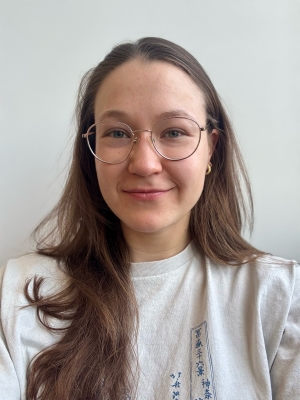
Irina Ferapontova
UZH
UZH
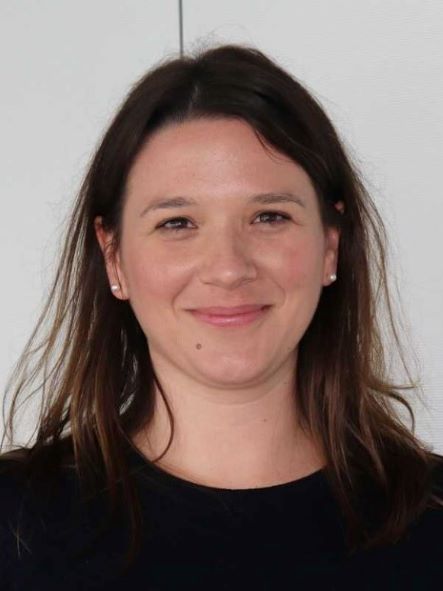
Anastasia-Olga Gkountidi
ETH Zurich
ETH Zurich
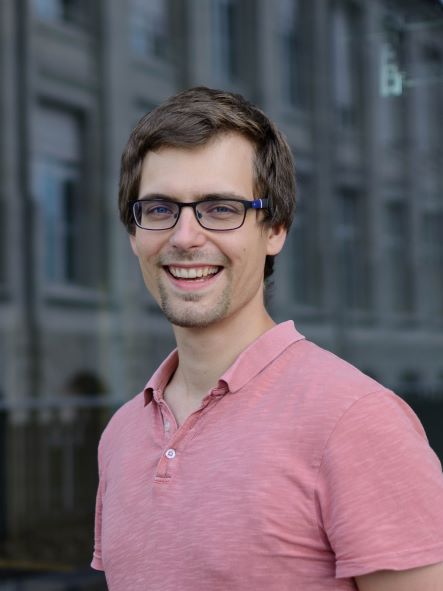
Marcel Gort
ETH Zurich
ETH Zurich
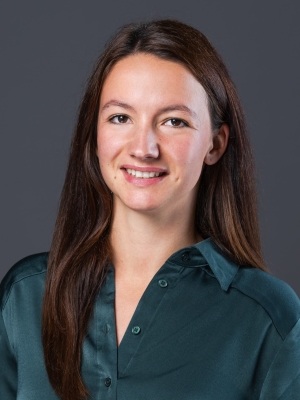
Lina Gross
University of Bern
University of Bern
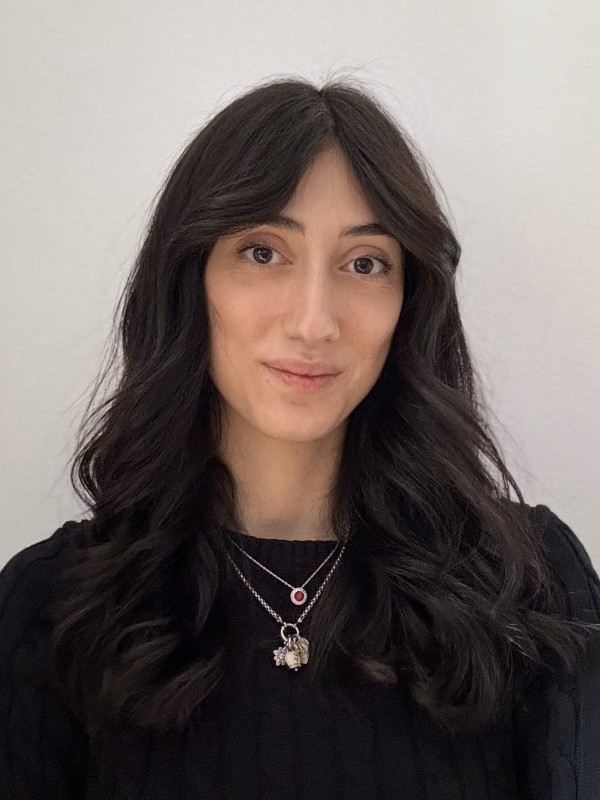
Giulia Guerriero
ETH Zurich
ETH Zurich
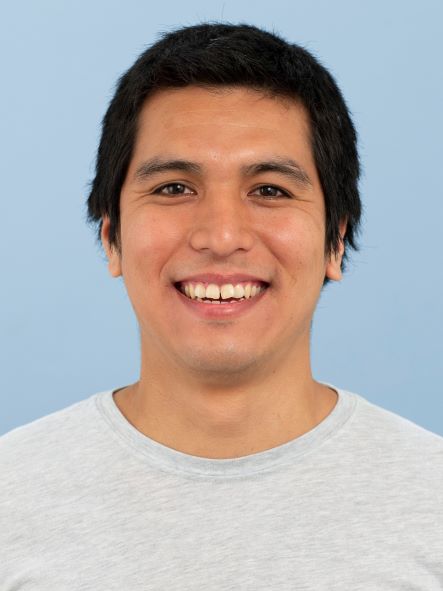
Eduardo Gushiken-Ibañez
UZH
UZH

Tobias Hammer
Empa
Empa

Astrid Hofman
USZ
USZ
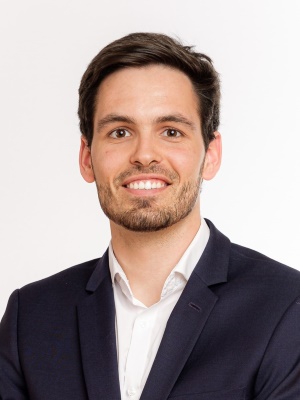
David Ilbrink
Empa
Empa
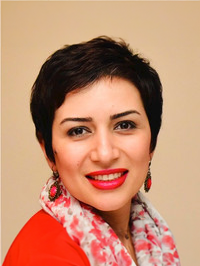
Paris Jafari
UNIL
UNIL
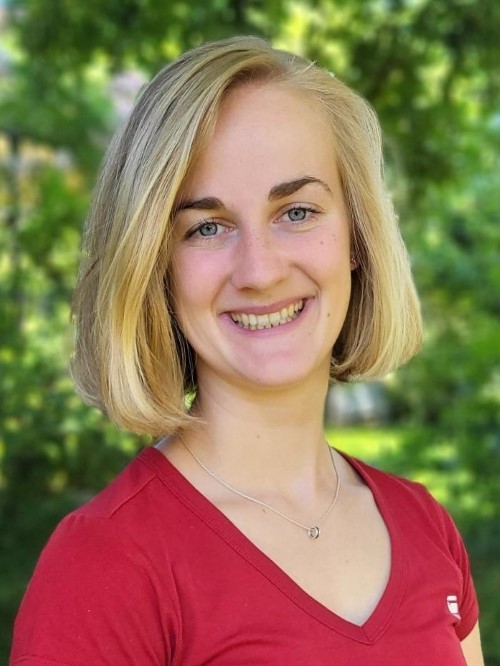
Daniela Kromer
ETH Zurich
ETH Zurich
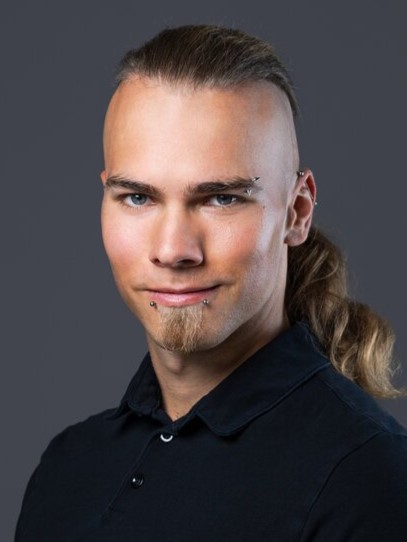
Erik Kupschke
University of Bern
University of Bern
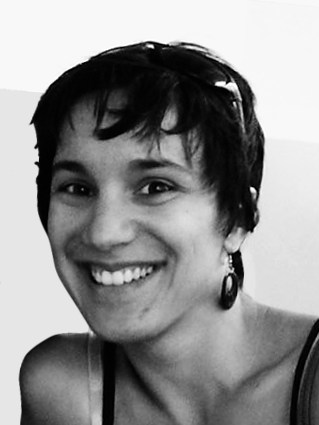
Céline Labouesse
ETH Zurich
ETH Zurich
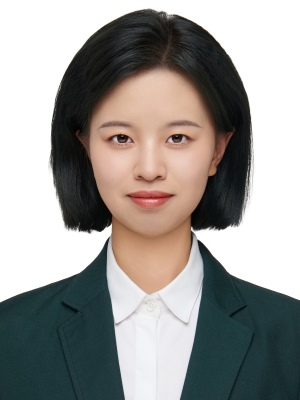
Lumeng Li
USZ
USZ
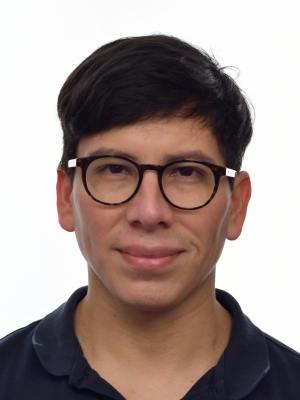
John Li Flores Alvarez
ETH Zurich
ETH Zurich
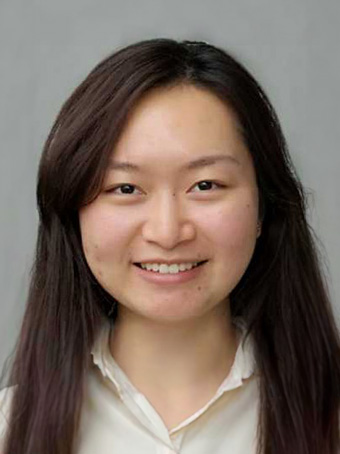
Huan Liu
ETH Zurich
ETH Zurich

Céline Lukowicz
UNIL
UNIL
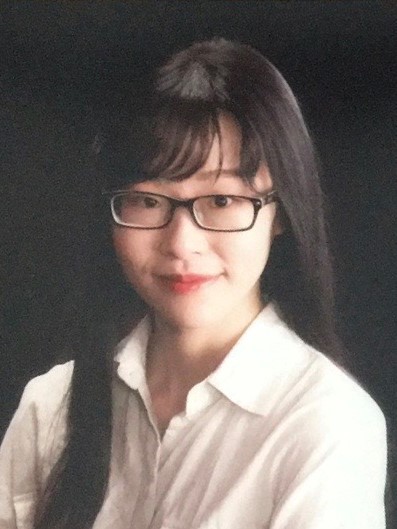
Xiang Ge Luo
ETH Zurich
ETH Zurich
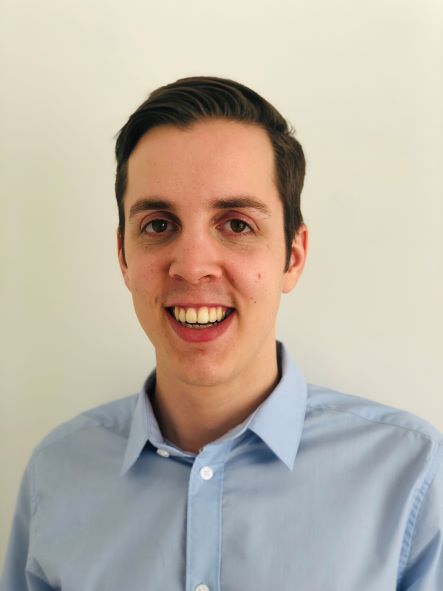
Fabian Luther
University of Bern
University of Bern
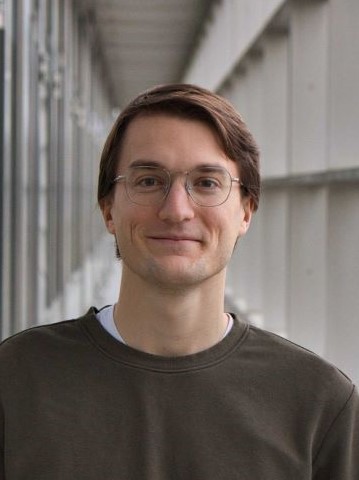
Brenno Masina
ETH Zurich
ETH Zurich
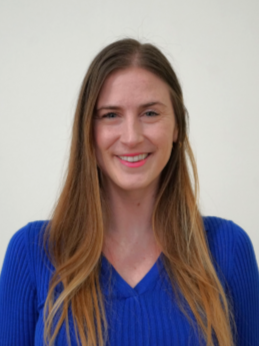
Jaimie Mayner
ETH Zurich
ETH Zurich
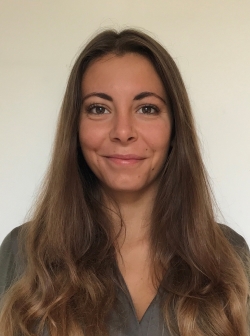
Sofia Micheli
UZH
UZH
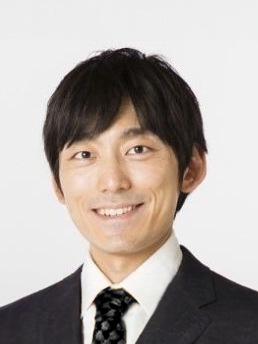
Yasutaka Mitamura
UZH
UZH
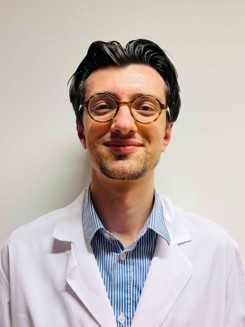
Mustafa Öztürk
EPFL
EPFL
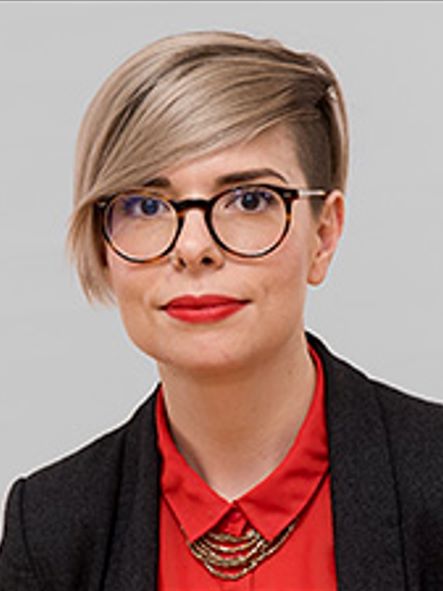
Elena Pachera
USZ
USZ
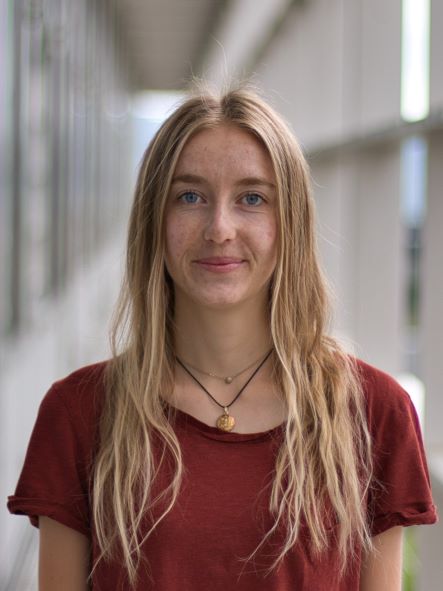
Laura Poller
ETH Zurich
ETH Zurich
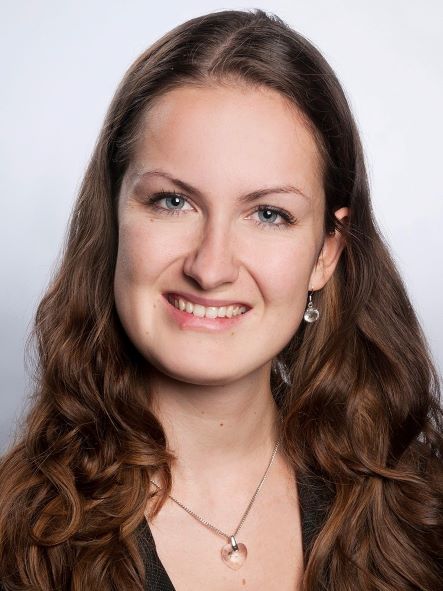
Julia Puchan
ETH Zurich
ETH Zurich
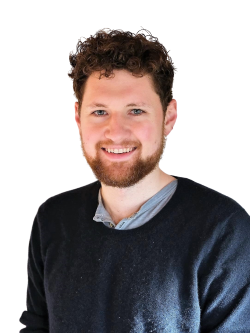
Gabriel Pulver
ETH Zurich
ETH Zurich
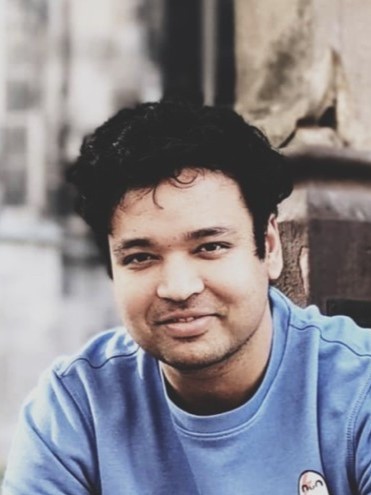
Rahul Rimal
Empa
Empa
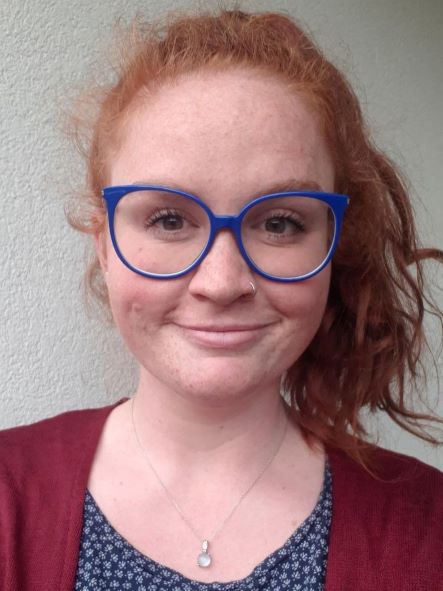
Sibilla Sander
UniFr
UniFr
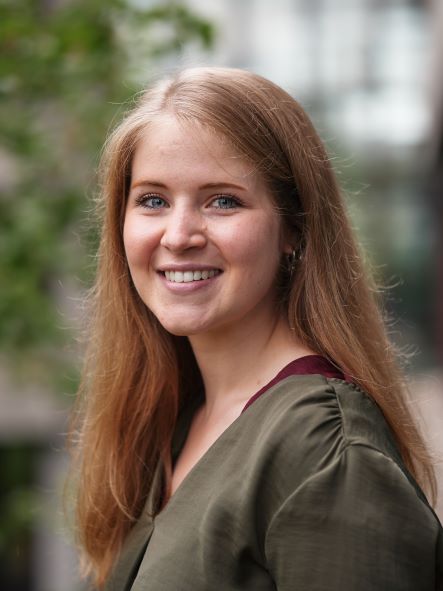
Stefanie Schärli
University of Bern
University of Bern
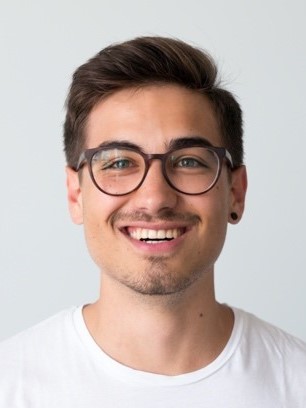
Ramon Stäger
USZ
USZ

Salome Stierli
UZH
UZH
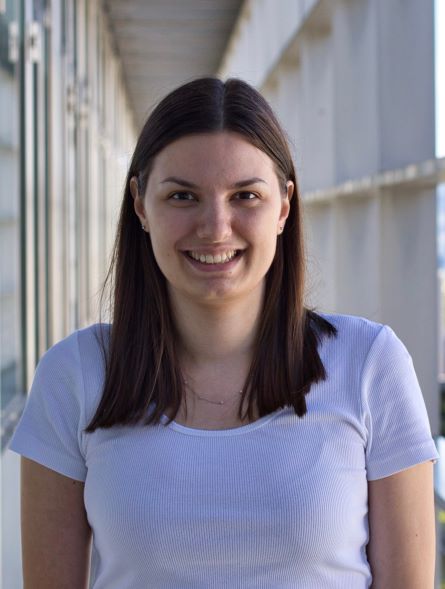
Maša Stopinšek
ETH Zurich
ETH Zurich
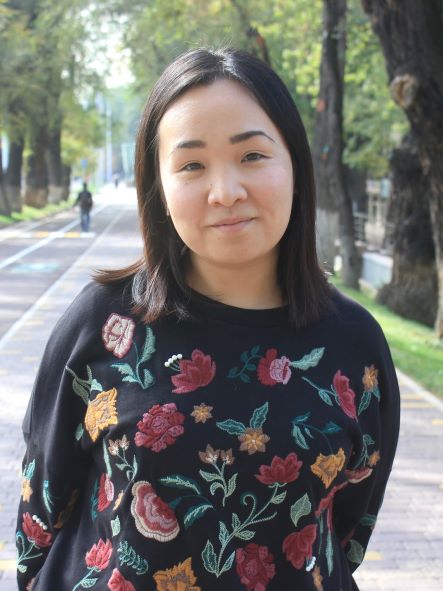
Aizhan Tastanova
USZ
USZ

Yi-Chien Tsai
CHUV
CHUV

Kongchang Wei
Empa
Empa
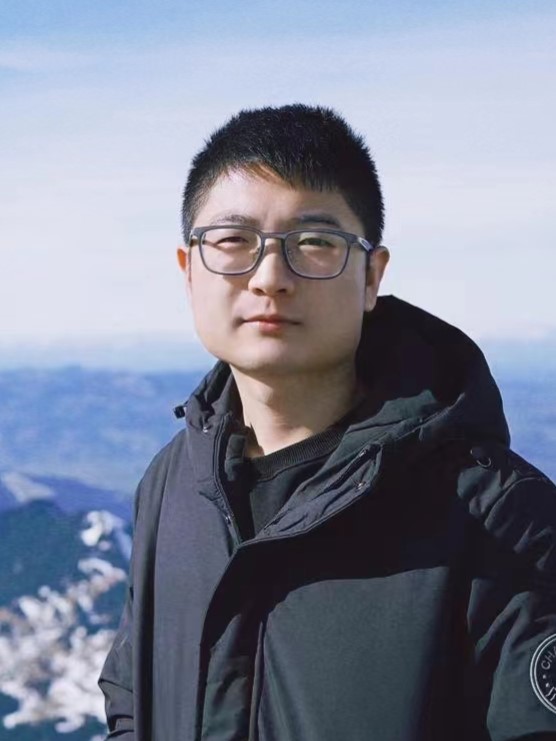
Xiaoyu Wu
ETH Zurich
ETH Zurich
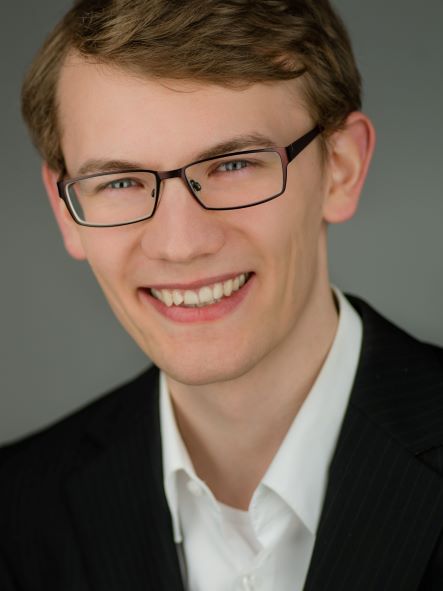
Till Wüstemann
ETH Zurich
ETH Zurich
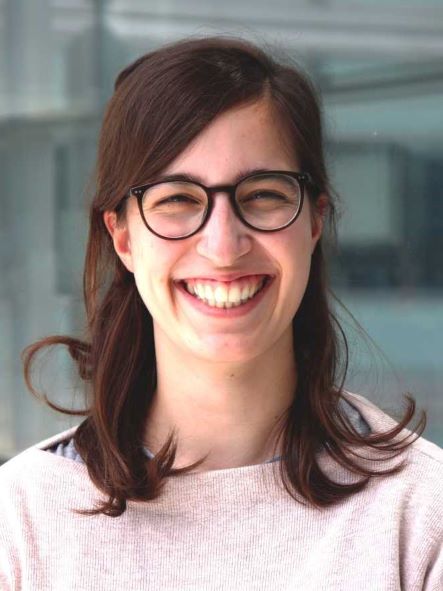
Lito Zambounis
ETH Zurich
ETH Zurich
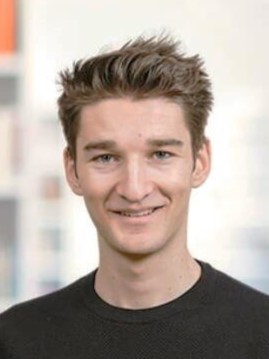
Dominik Zanetti
ETH Zurich
ETH Zurich
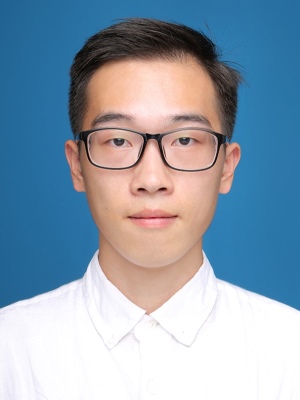
Sixuan Zhang
Empa
Empa
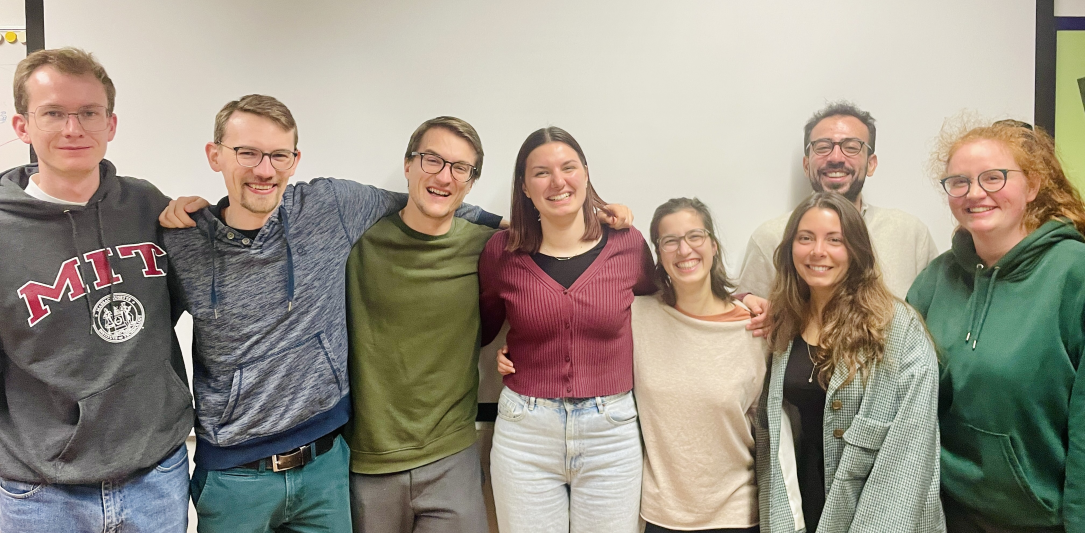
Milad Ameri
Linus Boll
Michelle Dakowitz
Lumeng Li
Brenno Masina
Sofia Micheli
Sibilla Sander *
Maša Stopinšek
Till Wüstemann
Lito Zambounis
Linus Boll
Michelle Dakowitz
Lumeng Li
Brenno Masina
Sofia Micheli
Sibilla Sander *
Maša Stopinšek
Till Wüstemann
Lito Zambounis
* Committee chair
Giuseppe Antoniazzi
Matthew Aronoff
Johannes Bader
Aline Bauer
Cecilia Bazzini
Lorenz Brunner
Blaž Burja
Michael Cangkrama
Jing Chen
Stéphanie Claudinot
Matthew Deen
Vilius Dranseika
Oksana Dudaryeva
Börte Emiroğlu
Lorenza Garau Paganella
Soumitra Ghosh
Marcel Gort
Coraline Héron
Khanh Huỳnh
Håvar Junker
Konstantinos Kalogeropoulos
Jihye Kim
Vadim Krivitsky
Weiye Li
Esther Martínez
Anastasiya Martyts
Nhan Thanh Nguyen
Marco Pensalfini
Jessica Polak
David Sachs
Catharina Sänger
Bettina Thumm
Adam Wahlsten
Mateusz Wietecha
Nicola Winkelbeiner
Ke Yang
Laura Yerly
Reihane Ziadlou
Matthew Aronoff
Johannes Bader
Aline Bauer
Cecilia Bazzini
Lorenz Brunner
Blaž Burja
Michael Cangkrama
Jing Chen
Stéphanie Claudinot
Matthew Deen
Vilius Dranseika
Oksana Dudaryeva
Börte Emiroğlu
Lorenza Garau Paganella
Soumitra Ghosh
Marcel Gort
Coraline Héron
Khanh Huỳnh
Håvar Junker
Konstantinos Kalogeropoulos
Jihye Kim
Vadim Krivitsky
Weiye Li
Esther Martínez
Anastasiya Martyts
Nhan Thanh Nguyen
Marco Pensalfini
Jessica Polak
David Sachs
Catharina Sänger
Bettina Thumm
Adam Wahlsten
Mateusz Wietecha
Nicola Winkelbeiner
Ke Yang
Laura Yerly
Reihane Ziadlou
Testimonials

"Looking back, my time with SKINTEGRITY.CH remains a highlight of my research journey. The dynamic collaborations and insightful meetings and discussions we had during that time were truly inspiring. At the same time, the part of my network that I was able to build through the consortium remains of great value to me today and I am glad to be able to stay connected to the team."
Prof. Dr. Soumitra Ghosh, Assistant Professor at the Birla Institute of Technology and Science
Prof. Dr. Soumitra Ghosh, Assistant Professor at the Birla Institute of Technology and Science
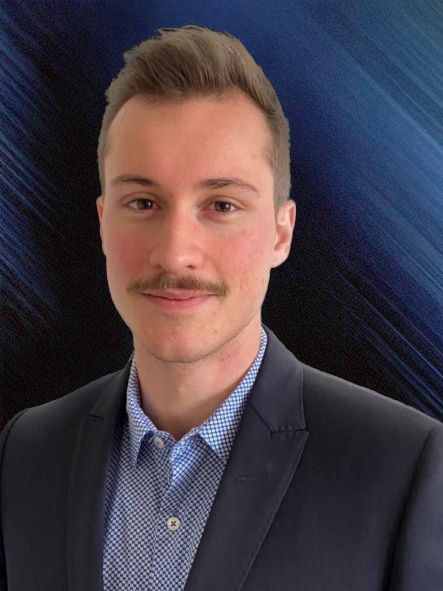
"Through the impactful collaborations within the SKINTEGRITY.CH consortium, I had the opportunity to establish valuable connections with key stakeholders in dermatology across Switzerland. This helps me in my current role in medical affairs at Sandoz Pharmaceuticals, in which I provide scientific support and ensure accurate medical information for healthcare professionals and patients."
Dr. Lorenz Brunner, Medical Affairs Trainee at Sandoz Pharmaceuticals
Dr. Lorenz Brunner, Medical Affairs Trainee at Sandoz Pharmaceuticals
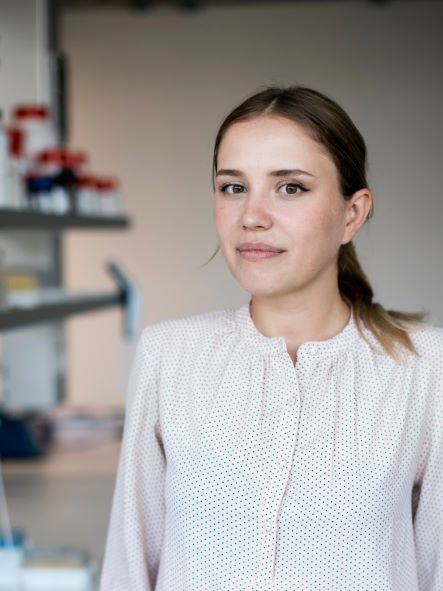
"It was a privilege to be part of SKINTEGRITY.CH during my PhD journey. The consortium allowed me to develop professionally within a large network of colleagues and enabled direct communication with leading scientists and clinicians in the field. The SKINTEGRITY.CH retreats were a special part of this experience, offering a personal space for meaningful communication and strengthening connections."
Dr. Oksana Dudaryeva, Postdoctoral Researcher at the UMC Utrecht in the Levato lab
Dr. Oksana Dudaryeva, Postdoctoral Researcher at the UMC Utrecht in the Levato lab
